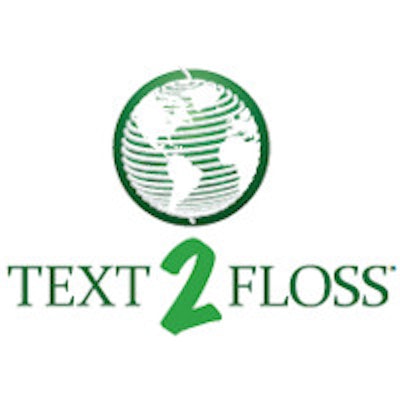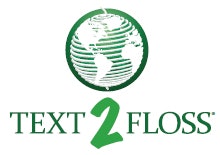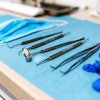
A little more than a year into the second phase of its development, Text2Floss, an initiative of the A.T. Still University Arizona School of Dentistry and Oral Health (ATSU-ASDOH), recently announced a new partnership and the release of an Apple products app. Now, researchers are looking at this innovative use of technology to reinforce preventive practices in oral healthcare.

Text2Floss is a one-week interactive educational tool that helps people develop positive oral hygiene habits using mobile technology. The program and app are designed to provide patients with a convenient format for receiving information about oral health and dental hygiene.
The mobile app, which is HIPAA-compliant, reminds users to brush twice a day and also floss and rinse every day. The app also includes a dental hygiene timer, medical history recorder, and dental clinic locator. The app specifies the correlation of heart and mental health to oral health as part of overall health and wellness.
There has been a great response to Text2Floss, said Shervin Tony Hashemian, DDS, the associate dean for global oral health at ATSU-ASDOH, in an interview with DrBicuspid.com. Dr. Hashemian is the leading force in the development and growth of Text2Floss and serves as the founder and director.
"We've been very fortunate to have our partners, like the ADHA [American Dental Hygienists' Association], Dentrix, the IFDH [International Federation of Dental Hygienists], and the DentaQuest Foundation, become involved," he said. "Dean Jack Dillenberg, DDS, MPH, has supported the grounds for allowing this to grow."
The inspiration behind Text2Floss is increasing awareness of oral and systemic health in the general population, Dr. Hashemian said.
“We're looking for solutions to serve underserved populations.”
"We're looking for solutions to serve underserved populations," he said. "We wanted to help consumers connect the dots, as it were, between oral health, heart health, and overall health."
Brian Souza, managing director for the DentaQuest Foundation, an early partner with ATSU, told DrBicuspid.com that Text2Floss can help patients manage their oral healthcare.
"The ability for individuals and families to have information to help them manage their care in an ongoing manner, when they're not specifically interacting with a dentist or other oral health provider, is essential in supporting optimal oral health," he said.
Text2Floss recently announced a partnership with the International Federation of Dental Hygienists as a way of promoting oral healthcare. "IFDH is pleased to partner with Text2Floss as a way to promote the prevention of oral disease," stated IFDH President JoAnn Gurenlian, RDH, PhD, in a press release. "This program is an innovative and fun way for millions of individuals to use their cellphones to improve their oral health."
"The partnership with IFDH will allow the Text2Floss program to bring this innovative platform to more people worldwide so they can practice healthy oral habits," Dr. Hashemian said. "We are excited and grateful that we have IFDH as a partner."
Among other partners with Text2Floss, the DentaQuest Foundation launched its Innovation Fund for Oral Health in 2013 and began working with ATSU.
"The DentaQuest Foundation launched its Innovation Fund for Oral Health in 2013, with a goal of identifying innovative approaches to oral health improvement. A.T. Still responded to this opportunity with its Text2Floss program," Souza said. "The initial work of the grant was to develop a set of messages to be shared through SMS messaging that helped recipients better understand preventive practices."
Souza noted that measuring outcomes data will come in time.
"The message delivery platform has been implemented, but it is still early in the program, so outcomes like behavior change will need to be assessed at a later point in time. Ideally, Text2Floss represents a low-cost, low-friction messaging model that can get information that people need to be healthy to them efficiently and effectively. "
Gurenlian wrote recently about the program's effectiveness in an article published in the International Journal of Dental Hygiene, entitled "Using technology to improve oral health" (August 2014, Vol. 12:3, p. 159).
In a randomized clinical trial, more than 150 mothers from a private practice and community clinic were recruited and randomly assigned to either a control or a test group.
Researchers assessed participants' oral health behaviors and knowledge pre- and postintervention. At baseline, they found no difference in knowledge and behavior between the groups. Mothers in the text group received text messages for seven days asking about flossing and providing oral health information.
The researchers found on follow-up that the mothers in the text group flossed more, had increased knowledge, tried to improve their child's oral health behaviors, and decreased their child's soda and sugary snack use more than the mothers in the control group.
One next step is to look for the funding to take the app beyond the iOS market, Dr. Hashemian said.
"Our goal is ambitious. We want to be a solution," he said. "We want to build partnerships and collaborations, because we need a lot of support."















